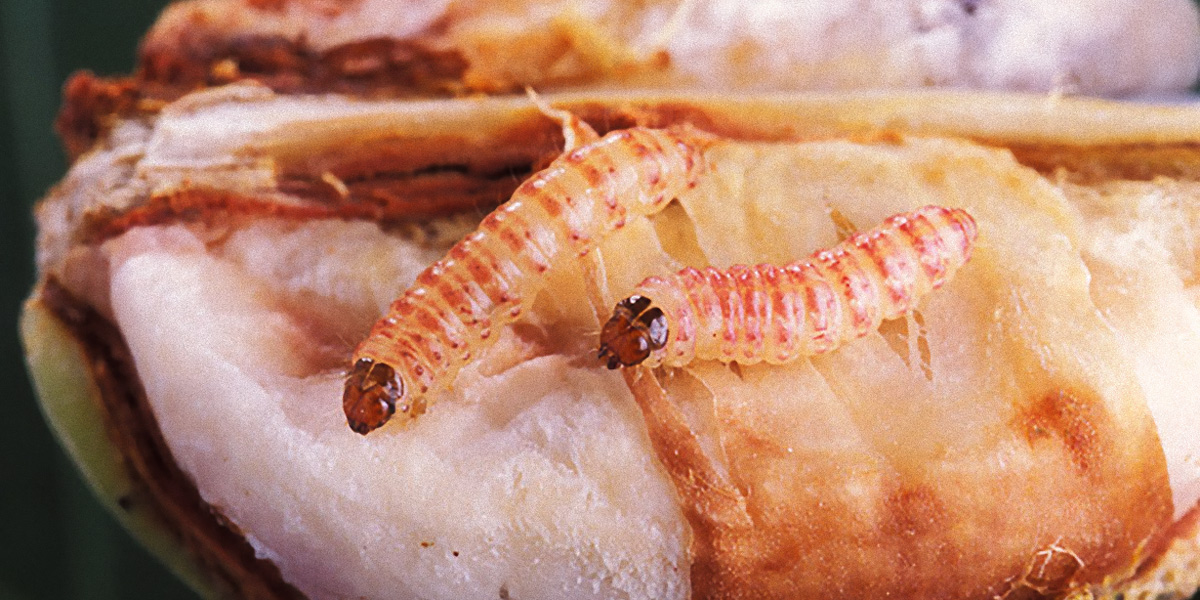
Initial economic benefits can diminish in the long run. Comment by TWN Info Service on Biosafety
Previous microlevel studies across developing countries show gains from Bt cotton in the initial years of its adoption. Yet, recent studies from India using aggregate data show only modest benefits over extended periods. New farm-level panel data from the Indian district of Ballari in Karnataka show that Bt cotton yields have stagnated [and] become more sensitive to pest pressure in the second decade of adoption, resulting in losses in some years.
More specifically, despite claims that Bt technology protects cotton crops from pink bollworms, farmers suffered massive yield losses from the pest. This represents a significant threat to the livelihoods and lives of millions of subsistence Indian cotton farmers. Similar recent reports of pest attacks have been documented in other states, such as Gujarat, Madhya Pradesh, Maharashtra, Andhra Pradesh, and Telangana.
The study’s findings show that initial economic benefits can diminish in the long run and they raise an important question on the sustainability of Bt cotton. With short-run profitability leading to increased adoption of Bt cotton and decreased natural refuge crops, the long-run outcome can be disastrous. Thus, policymakers need to address compliance with refuge requirements and, in countries without refuge policies, rethink mandating a non-Bt cotton refuge.
Source of comment: TWN Biosafety Information Centre
---
Sustainable agriculture and GM crops: The case of Bt cotton impact in Ballari District of India
Subramanian, A.
Frontiers in Plant Science Vol 14 – 2023
https://doi.org/10.3389/fpls.2023.1102395
https://www.frontiersin.org/articles/10.3389/fpls.2023.1102395/full
30 August 2023
Abstract
Effects of Bacillus thuringiensis (Bt) cotton are at the forefront of an intense debate on the benefits of genetically modified (GM) crops among smallholder farmers in developing countries. Existing studies fail to control for confounders, selection bias, or cultivation bias from preferential treatment in the initial adoption phase. Addressing these concerns in this paper, I examine the impact of Bt cotton employing an unbalanced panel fixed-effects model of a crop yield and profit function on newly collected plot-level data in the most recent decade. Results show that Bt cotton yields have stagnated, have a null effect on profits, and have become more sensitive to pest pressure in the most recent decade. Though many studies have demonstrated higher crop yield and profit gains in the first decade of Bt cotton adoption that raised the average returns to the technology, the second decade shows convergence in benefits, which raises obvious questions about the prospect of GM technology. Since Bt cotton is the only GM crop technology widely adopted by smallholder farmers, the findings of this paper contribute to the broader public debate on the future of agricultural biotechnology.










